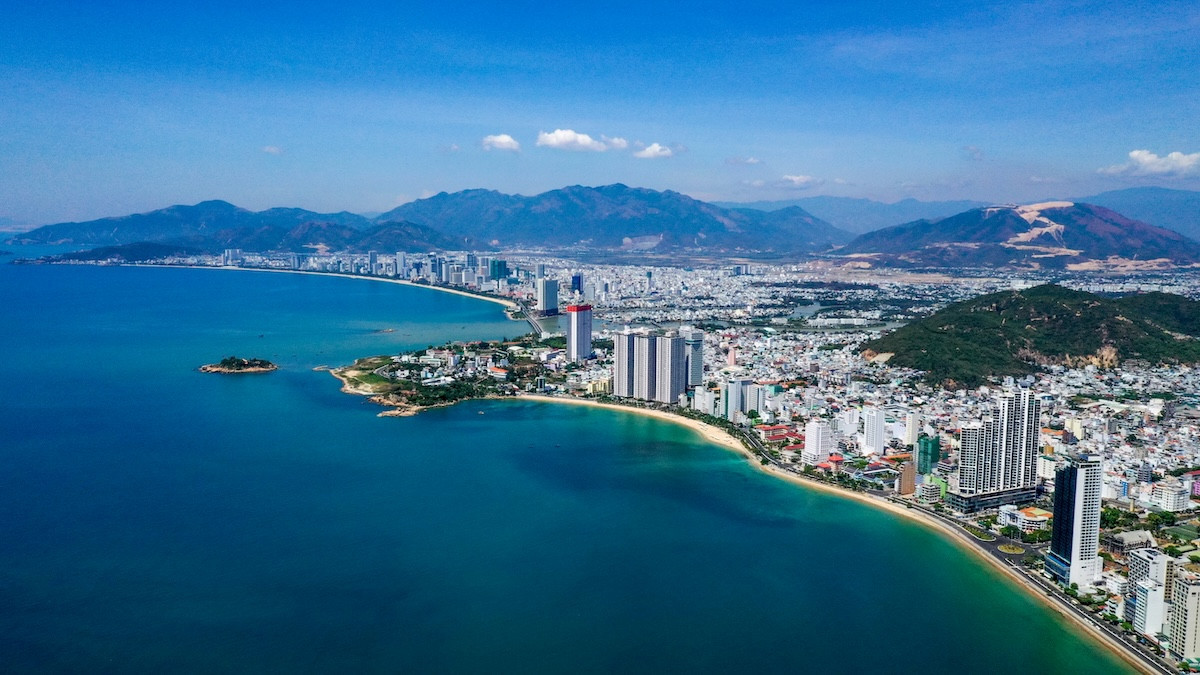
The Government has officially approved a resolution on the administrative reorganization scheme for 2025, reducing the total number of provincial-level and commune-level administrative units across Vietnam.
34 provincial-level administrative units
According to Resolution No. 125, the Government approved the proposal by the Ministry of Home Affairs to restructure provincial-level units in 2025.
Out of 63 current provincial-level administrative units, 52 will undergo consolidation, while 11 will remain unchanged. These include Hanoi, Hue, Lai Chau, Dien Bien, Son La, Lang Son, Quang Ninh, Thanh Hoa, Nghe An, Ha Tinh, and Cao Bang.
The proposed reorganization includes 23 merger plans, resulting in the creation of 23 new provincial-level administrative units. After restructuring, Vietnam will have a total of 34 such units: 6 centrally governed cities (Hanoi, Hai Phong, Hue, Da Nang, Can Tho, and Ho Chi Minh City) and 28 provinces (Lai Chau, Dien Bien, Son La, Lang Son, Cao Bang, Tuyen Quang, Lao Cai, Thai Nguyen, Phu Tho, Bac Ninh, Hung Yen, Ninh Binh, Quang Ninh, Thanh Hoa, Nghe An, Ha Tinh, Quang Tri, Quang Ngai, Gia Lai, Khanh Hoa, Lam Dong, Dak Lak, Dong Nai, Tay Ninh, Vinh Long, Dong Thap, Ca Mau, and An Giang).
According to the Ministry of Home Affairs, the public consultation process and subsequent votes by all levels of People's Councils showed overwhelming support. The national average approval rate reached 96.19%, with 100% of People's Councils at the provincial, district, and commune levels in 52 provinces and cities voting in favor of the reorganization.
3,321 commune-level administrative units
At the commune level, the reorganization will reduce the number of units from 10,035 to just 3,321 — a decrease of 6,714 units or 66.91%.
A total of 128 communes will remain unchanged due to meeting specific criteria related to natural area, population size, or geographical isolation.
The new configuration will include 2,636 communes (xã), 672 wards (phường), and 13 special administrative zones (đặc khu). Of these, 3,193 are newly established as a result of mergers, consolidations, or boundary adjustments.
Regarding governance, the plan introduces two new standing committees at the commune-level People’s Council: the Legal Affairs Committee and the Socio-Economic Committee.
The People's Council of each commune will consist of a chairperson, one vice-chairperson, and the heads and deputy heads of the newly established committees, as well as other elected delegates. Official positions will be organized in accordance with the amended 2025 Law on Local Government Organization and subsequent guidance from relevant authorities.
For the commune-level People's Committee, the executive body will include a chairperson, two vice-chairpersons, and other members as defined by the new law. Specialized departments and other administrative bodies under the commune-level People's Committee will follow government regulations.
The National Assembly is expected to officially pass the resolution on provincial-level administrative mergers on June 24.
The proposal concerning commune-level units will be reviewed and approved by the Standing Committee of the National Assembly in the near future.
The Vinh